By Solomon Lim
It has been more than three years since we have heard of the term “Covid-19”, yet its world-changing effects are still reverberating through society.
There are so many aspects of our lives that have been changed since the start of 2020 that we often take it for granted – masks, vaccines – practices that were unheard of pre-pandemic.
And as we move into a post-pandemic world, where international travel is opening up, and Covid is more an annoyance rather than a fear, many of us take something else for granted – the people whose lives and livelihoods have been irreversibly and drastically affected by the virus.
That’s why The Pride started a series called Portraits of the Pandemic – to remind us that while the worst of Covid may be behind us, but there are still many people who still struggle or face challenges stemming from the pandemic every day.
Portraits of the Pandemic
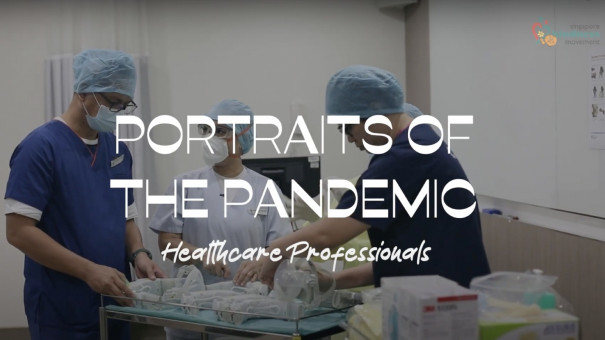
The second iteration to our 2021 web series Portraits of Kindness, 2022’s Portraits of the Pandemic tells stories of Singaporeans who have gone through the pandemic and come out changed, but better for it.
Among our profiles are nurses, private-hire drivers, migrant workers, special-needs adults, fine-arts practitioners, and hotel staff.
Crucial to this story-telling process is the director of the series, Vanessa Chua, who sat down with a quick Q&A with us on the series:

Q: Tell us a little more about yourself!
Vanessa: I’m Vanessa, and I directed the Portraits of the Pandemic series! I’m a documentary filmmaker and portrait photographer, so I suppose my theme would be people-centric art — pieces that tell authentic stories creatively, and bring people together.
Q: As a filmmaker, what do you think about visual storytelling?
I think visual storytelling has the power to make you feel enough about something to want to do something about it. It puts emotion to knowledge.
It’s one thing to know that the pandemic has changed lives, but if the pandemic has directedly affected someone you know, it’s another thing entirely.
In Portraits of the Pandemic for example, we meet the everyday people who were (and still are) greatly affected by the pandemic.
We hear them tell their stories first-hand. Then something clicks. They become more than a statistic or a news headline. We feel like we now know this person. It’s an emotional reaction that hopefully moves us to extend that little bit more understanding and support for these communities and those around us.
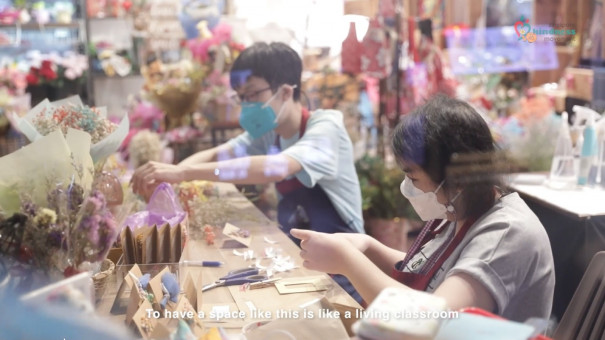
Q: How did you manage to find these stories?
Gosh. Looking for these stories was a whole adventure of its own!
But it certainly helped that some of these stories came from people that we have already surrounded ourselves with, and communities we’ve grown to be a part of.
Shout out to our producer Sam (Samuel Lim), who brought in about half of our stories from his contacts in the healthcare and migrant worker communities.
But because we wanted to cover a broad cross-section of Singapore, we were happy to work with organisations like GoJek and Singapore Hotel Association.
I think the toughest part was actually getting permission from the organisations and working around safety restrictions for onsite shoots! It was interesting to see how Covid restrictions were still at play in some of these these industries.
Other stories you might like
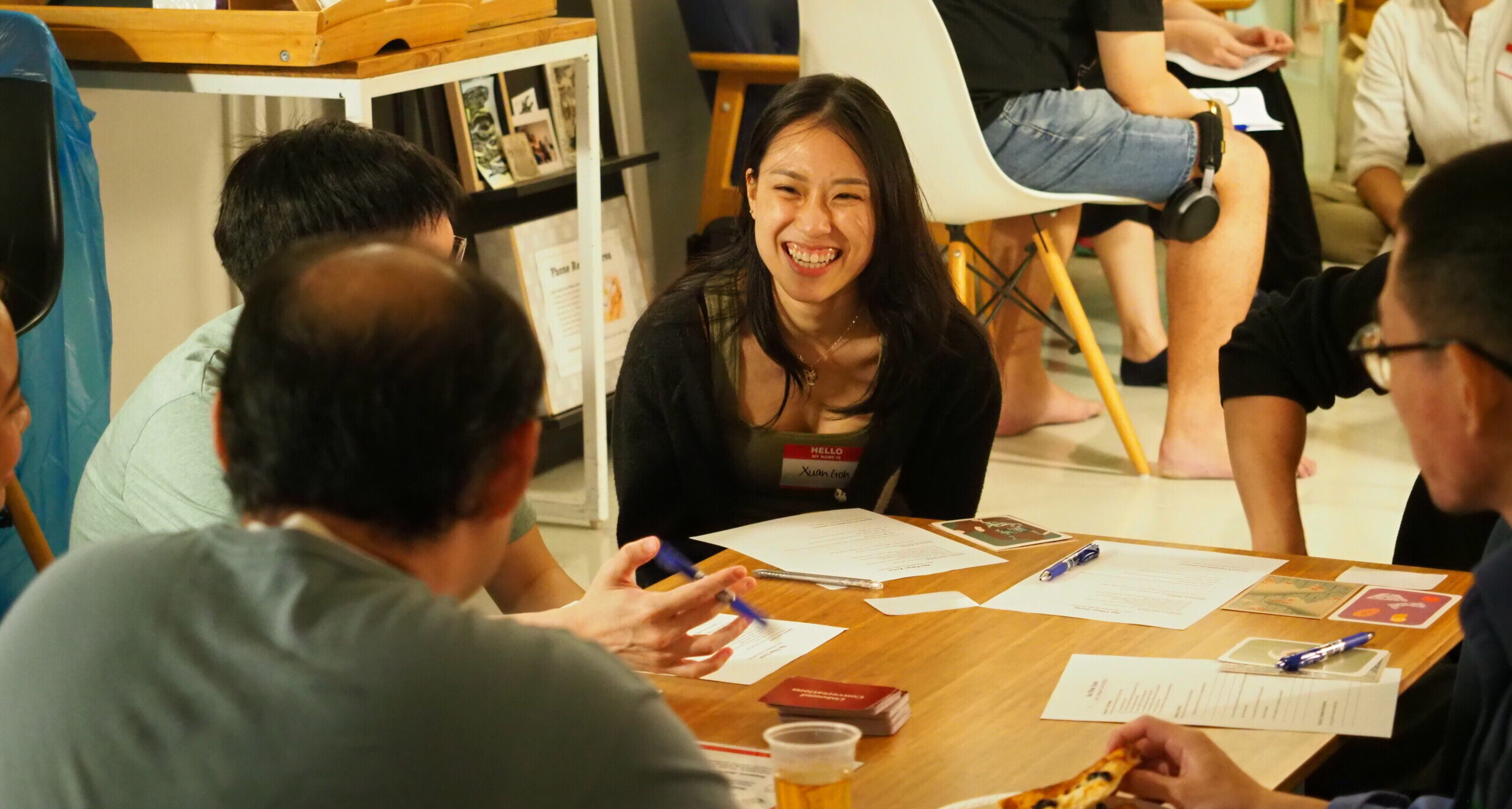
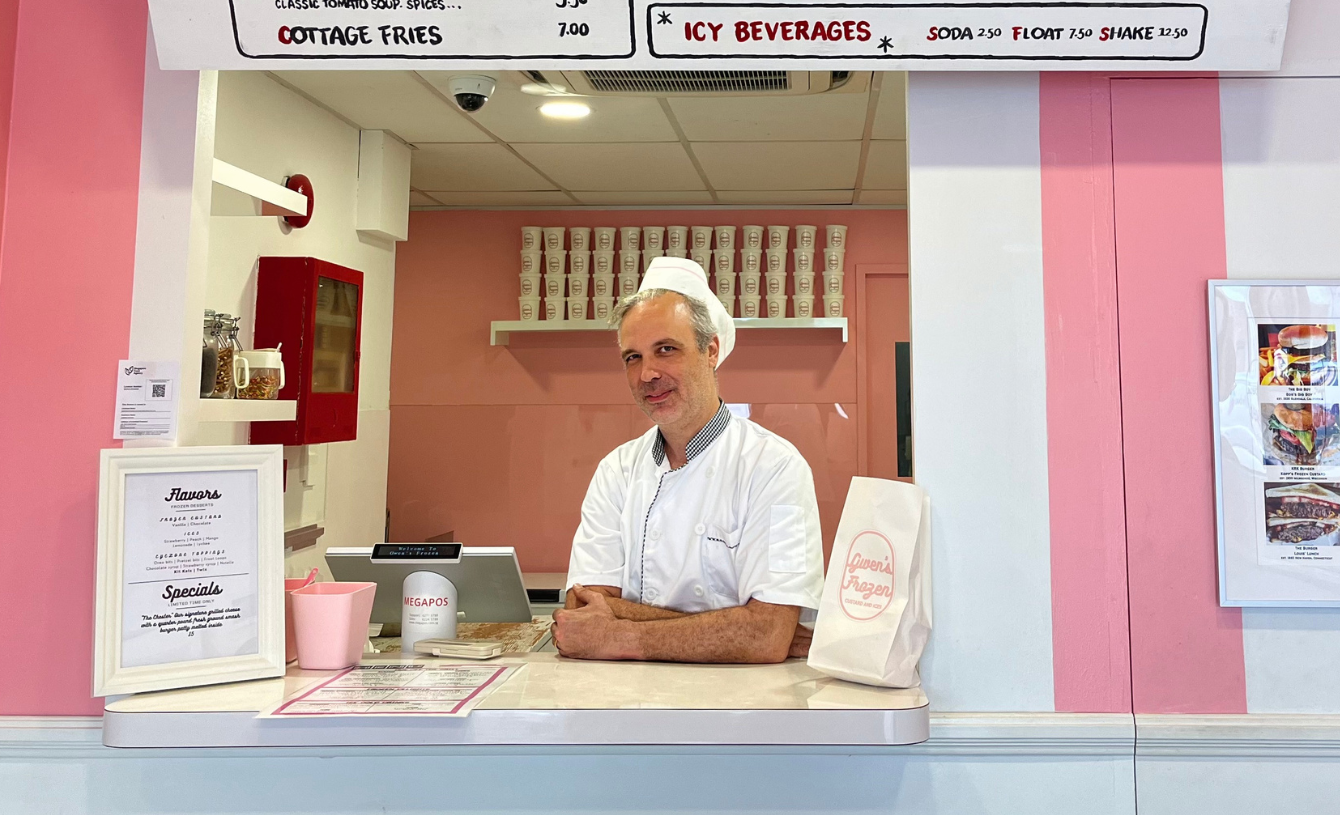

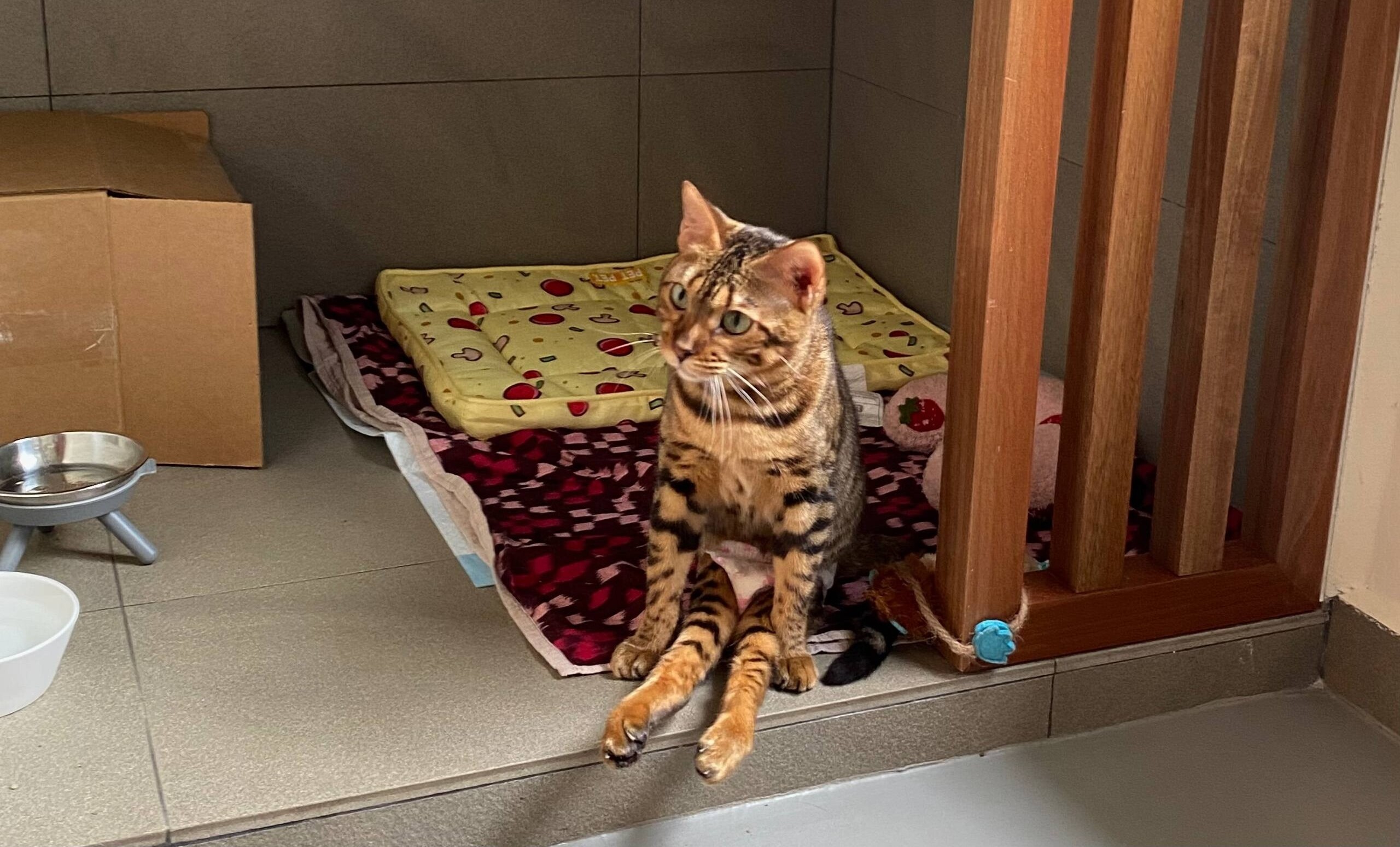
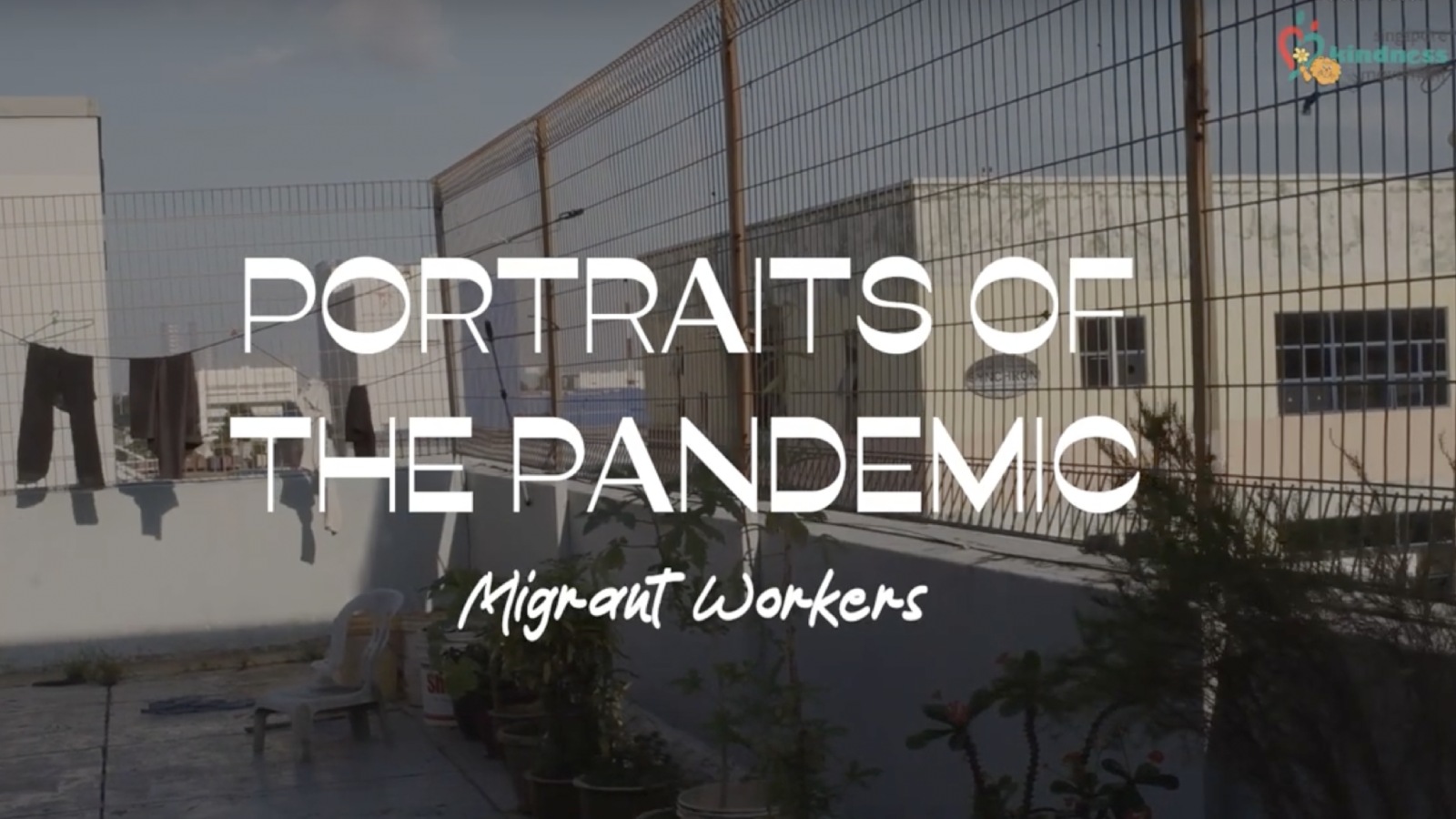
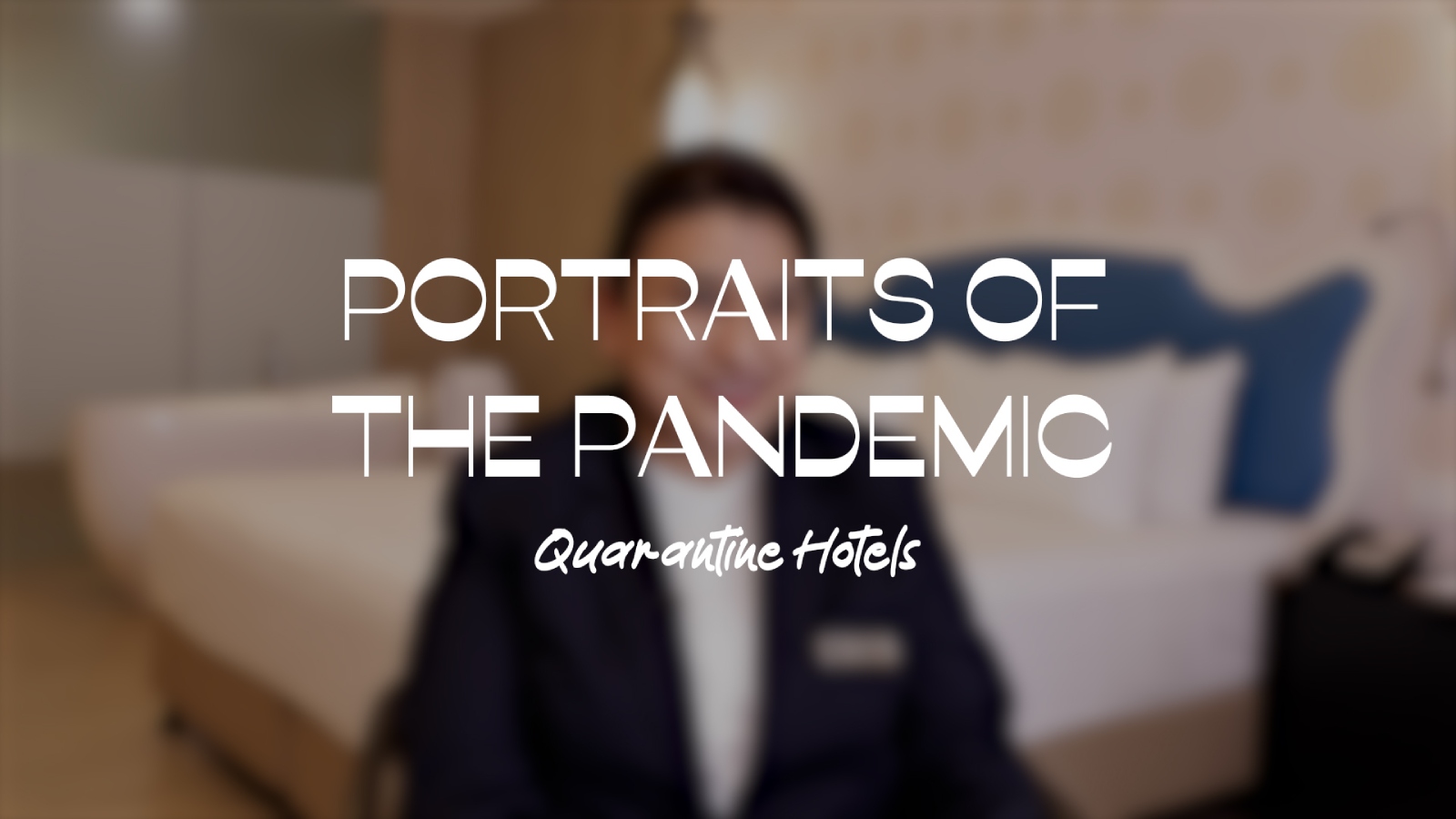
For example, for our video on hotel service staff, we had to go through the approval process multiple times before we landed on a good fit – many of the hotels were still active Covid quarantine facilities because the pandemic restrictions were still in place. There were a lot of confidentiality and safety concerns that we had to work around.
Or for our story with migrant workers, we had to reschedule more than once because they would be recalled for their safety and construction related jobs even on their scheduled days off – they were basically at the project’s beck and call.
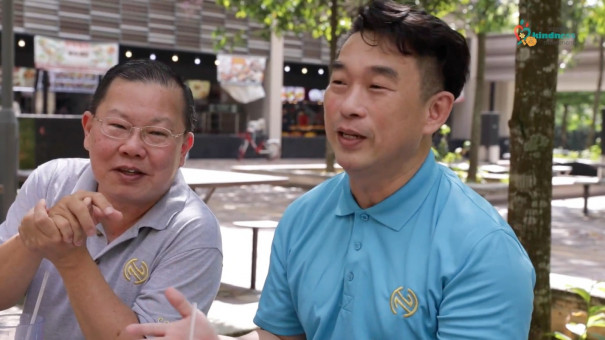
Especially with Covid safety protocols, if they had to be recalled for work, it was difficult for them to say no. We actually had to call off one full-day shoot on the morning of the shoot itself because our interviewees were called up for their projects. It was quite sobering and certainly made me more appreciative of the efforts our migrant workers have put in to build Singapore.
Q: How were the set-ups usually done?
We wanted to keep these stories as organic and real as possible, so our setups were intentionally small and simple: Just two cameras, a light, and microphones, with a small onsite crew and the rest dialing in on Zoom.
We also had to work around pandemic limitations, so we had to be flexible. In our interview with Mashithah, a MICU nurse at Changi General Hospital, for example, due to confidentiality concerns, we subbed in our writer, Hana, to be a “patient” for one segment. See if you can spot her in the video!

In most of the videos, we found cosy corners where we could hear the profiles clearly and they could get comfortable in. It’s one thing to talk to someone, but it’s a whole other ball game to interview them in front of lights and cameras so having a casual setting helped them relax and be genuine.
If anything, we realised that we didn’t need to be fancy to tell good stories – the anecdotes that our interviewees had were certainly compelling enough!
What you don’t see is the amount of prep work that goes into the shoot, even before it starts. A lot of these decisions definitely made pre- and post- production more tedious, but it was well worth our while!
Other stories you might like





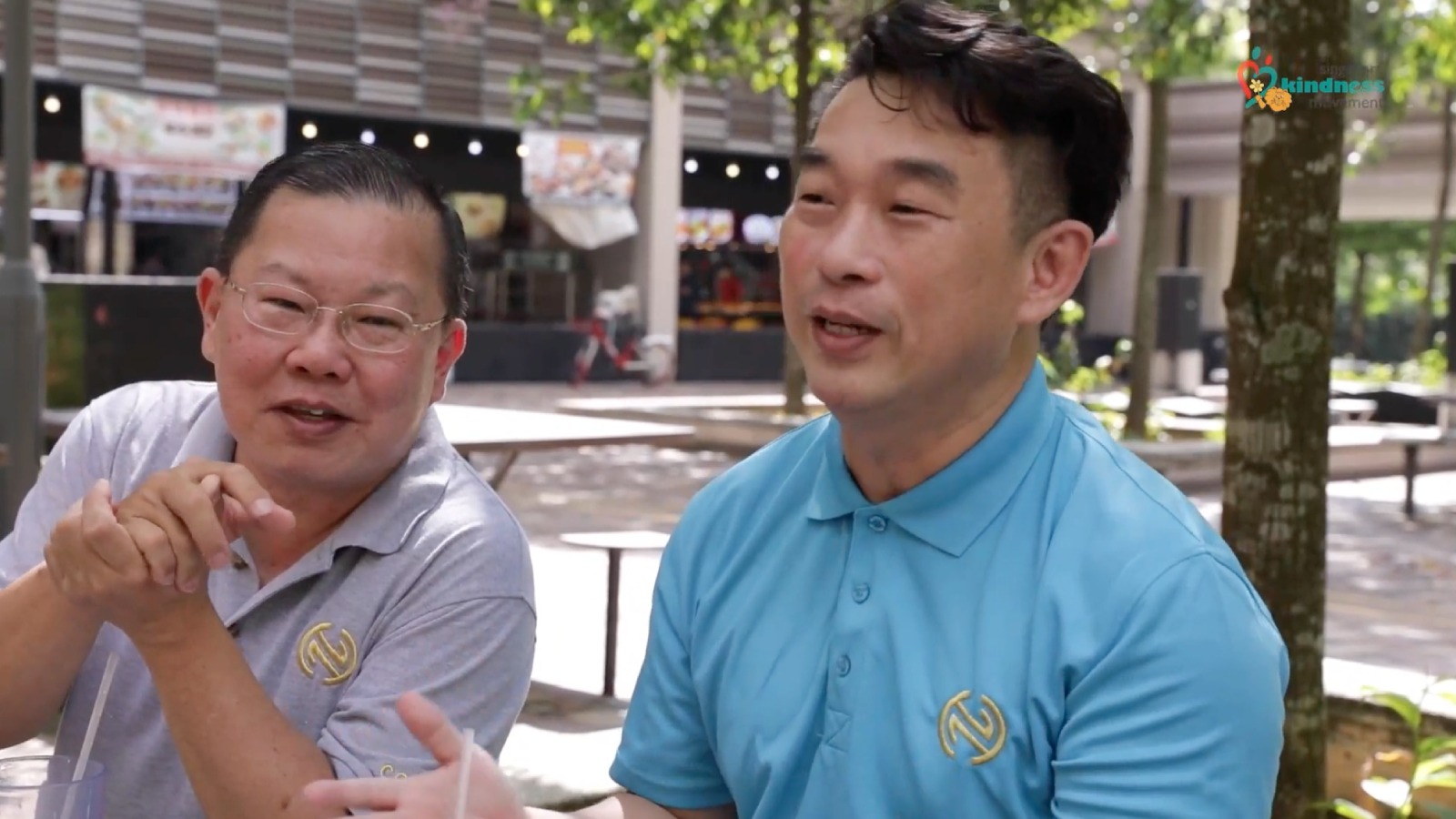
Q: What are your takeaways from doing this series?
My overwhelming feeling is how we are so lucky to meet these people and get access to their lives.
To have someone trust you with sharing their story, to be with them in vulnerable spaces – their homes, their work environments, around their families – is so special.
You end up in unexpected places, with people you never thought you’d get to know.
Other stories you might like




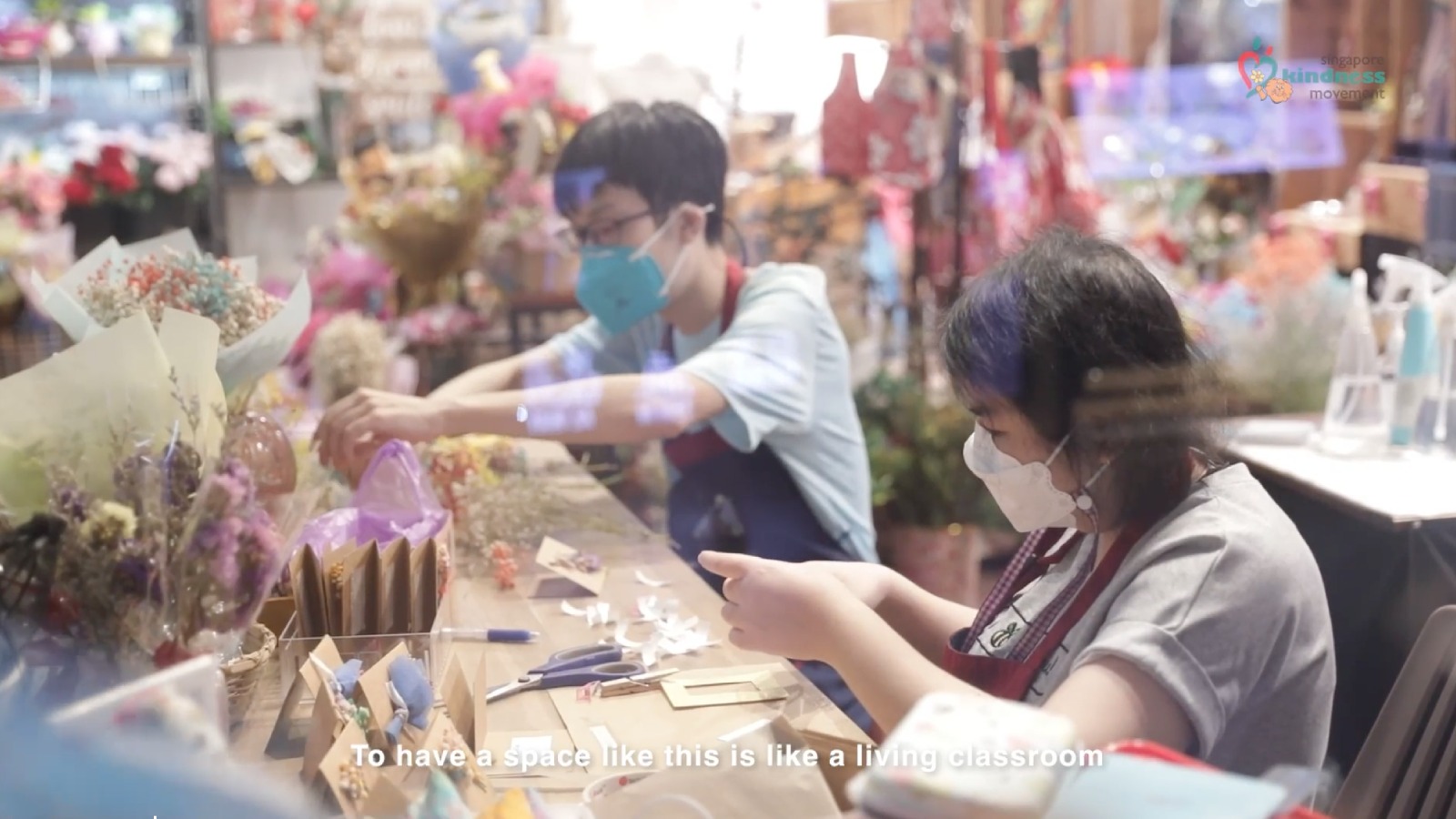
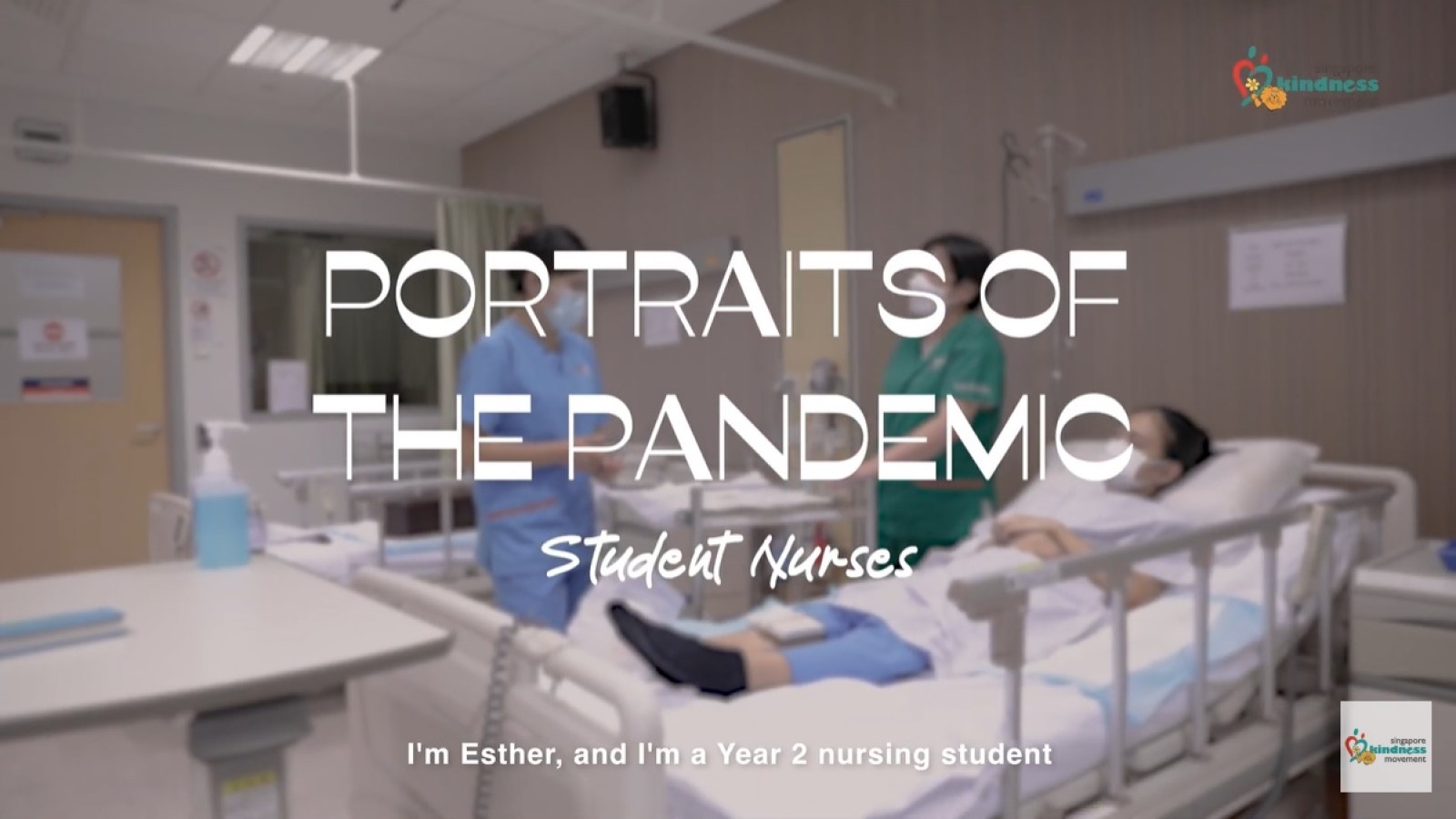
We’ve been to places people don’t often get access to, from migrant workers’ rooms to backstage at a theatre rehearsal to an emergency room at a hospital.
More than that, in shooting the series, we made genuine connections and friendships with the people that we’ve met along the way.
I can only hope that our series does justice to each of their amazing stories, and that it brings hope and courage to those who hear it!
If you like what you read, follow us on Twitter and Google News to get the latest updates.

